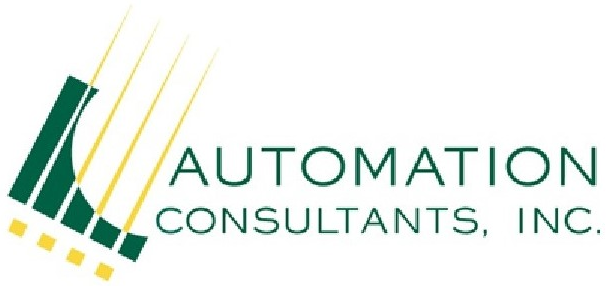When management favored agility over standard procedures, software development teams thrived.
University of Texas at Austin
AUSTIN, Texas — Software development teams given the freedom to tackle their projects in whatever ways they choose are more productive and have more satisfied customers than teams that follow a central corporate standard, according to new research from The University of Texas at Austin.
The research suggests that organizations that take a hands-off approach to the structure and governance of project teams create an environment of creative flexibility. This built-in flexibility makes teams more responsive to needed changes in the software they’re building, boosting performance and customer satisfaction.
“By giving greater autonomy to your teams, you allow them to exercise greater judgment about what would actually work based on their project requirements,” said Indranil Bardhan, a professor of information, risk and operations management at UT Austin’s McCombs School of Business and co-author of the study. “We show there’s no one right way of achieving superior project performance, no one-size-fits-all.”
The findings appear in MIS Quarterly.
Bardhan and co-author Narayan Ramasubbu of the University of Pittsburgh tested the performance of both agile and traditional project teams over 50 months in a real-world policy experiment at a major software company based in India. The company had 125,000 software developers around the world working on projects that adhered to an ideal operations profile closely monitored through a central unit.
Senior company directors wanted to learn whether greater autonomy for software development teams would hurt or help performance. For the study, they implemented a policy change granting greater autonomy to certain teams and agreeing to provide data on key performance measures — for both autonomous and nonautonomous teams — before and after the policy change.
From 2013 to 2018, Bardhan and Ramasubbu tracked productivity and customer satisfaction on 461 projects. Managers on 146 projects were granted autonomy to design their projects the way they wanted using three main controls: location and time differences among team members, level of process diversity (such as lean or structured), and level of managerial control.
“Managers of autonomous teams could each choose what type of structure worked well for them and their project team, versus having something dictated to them by a central point of contact,” Bardhan said.
Software developers measure productivity in function points — a useful proxy for the software’s functionality. The more function points a product has, the more value it adds to the software. Value added increased 39% for teams that switched to an autonomous structure compared with projects that did not.
Customer satisfaction also increased. The agile teams’ ratings increased 2.95% as a result of the policy change, “which was pretty substantial,” Bardhan said.
For more details about this research, read the McCombs Big Ideas feature story.
MEDIA CONTACT
Judie Kinonen
McCombs School of Business
409-356-3324
judie.kinonen@mccombs.utexas.edu
Journal
MIS Quarterly
Method of Research
Experimental study
Subject of Research
People
Article Title
Reconfiguring for Agility: Examining the Performance Implications for Project Team Autonomy Through an Organizational Policy Experiment
Article Publication Date
17-Nov-2021
Disclaimer: AAAS and EurekAlert! are not responsible for the accuracy of news releases posted to EurekAlert! by contributing institutions or for the use of any information through the EurekAlert system.


